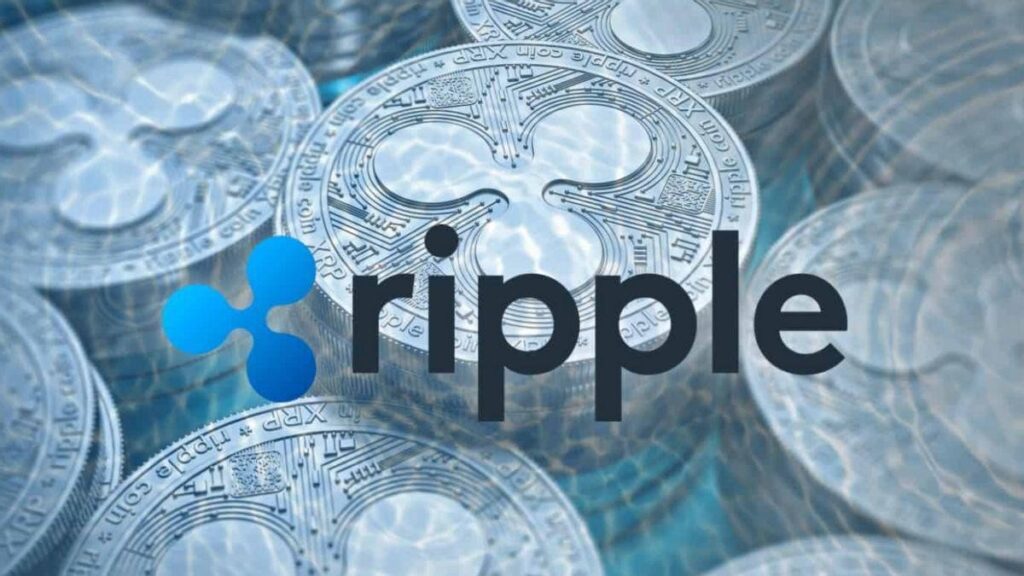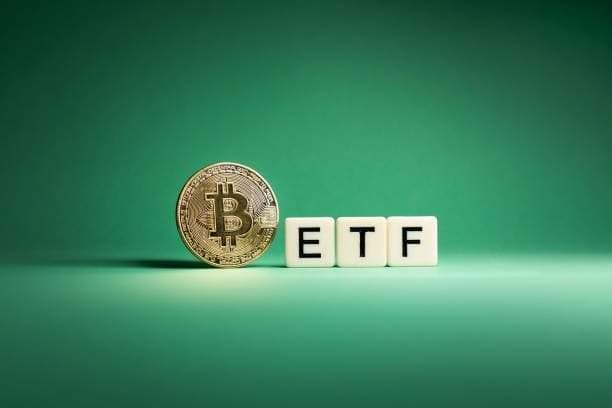Navigating the cryptocurrency market can feel like charting uncharted waters. Remember when Bitcoin first emerged? Few understood its potential. Today, Ripple (XRP) presents a similar opportunity, albeit with a different set of dynamics. This guide will illuminate the path to buying Ripple, equipping you with the knowledge to make informed decisions.
Understanding Ripple and its Ecosystem
Before you even think about how to buy Ripple, it’s crucial to understand what it is. Ripple isn’t just another cryptocurrency; it’s a payment network designed for fast, low-cost international transactions. Unlike Bitcoin, which relies on a decentralized network, Ripple uses a centralized system managed by Ripple Labs. This centralized aspect is both a strength and a point of contention among investors. It offers greater speed and efficiency but sacrifices some of the decentralized ethos of other cryptocurrencies.
Key Differences Between Ripple and Other Cryptocurrencies
Centralized vs. Decentralized: Ripple is significantly more centralized than Bitcoin or Ethereum.
Transaction Speed: Ripple boasts significantly faster transaction speeds.
Transaction Fees: Ripple transactions typically have lower fees than many other cryptocurrencies.
Use Cases: Ripple is primarily focused on facilitating cross-border payments for banks and financial institutions.
Choosing the Right Platform to Buy Ripple
Finding a reputable exchange is paramount when you decide to buy Ripple. Not all platforms are created equal; some offer better security, lower fees, or a wider range of features. Consider these factors:
Security and Reputation
Prioritize exchanges with a strong track record of security and a positive reputation within the crypto community. Look for platforms that utilize robust security measures, such as two-factor authentication (2FA) and cold storage for a significant portion of their assets. In my experience, researching user reviews and checking for regulatory compliance are invaluable steps.
Fees and Transaction Costs
Transaction fees vary significantly between exchanges. Compare trading fees, deposit fees, and withdrawal fees before making a decision. It’s a good idea to look at the total cost of buying and selling Ripple on different platforms.
The Step-by-Step Guide to Buy Ripple
Now, let’s get to the practical aspects. Here’s a straightforward guide on how to buy Ripple:
- Choose an Exchange: Select a reputable exchange that lists XRP. Popular options include Coinbase, Binance, and Kraken.
- Create an Account: Register for an account on your chosen exchange, verifying your identity as required. This is a crucial security step.
- Fund Your Account: Deposit funds into your account using a method supported by the exchange, such as a bank transfer or credit/debit card.
- Place Your Order: Find XRP on the exchange and place a buy order for the desired amount of Ripple.
- Secure Your Holdings: Once you’ve bought Ripple, it’s crucial to secure your holdings. Consider using a hardware wallet for maximum security.
Understanding the Risks Involved in Buying Ripple
While the potential rewards of investing in Ripple are enticing, it’s crucial to acknowledge the inherent risks. The cryptocurrency market is notoriously volatile. The price of XRP can fluctuate dramatically in short periods. Furthermore, regulatory uncertainty surrounding cryptocurrencies poses an ongoing risk. One thing to keep in mind is that the value of your investment could decrease significantly.
Managing Your Ripple Investment
Once you’ve bought Ripple, it’s important to develop a sound investment strategy. This includes:
Diversification
Don’t put all your eggs in one basket. Diversify your portfolio to mitigate risk. Investing in a mix of assets (including other cryptocurrencies, stocks, bonds, etc.) can help protect against losses.
Long-Term vs. Short-Term Strategy
Consider your investment horizon. Are you looking for short-term gains or long-term growth? This will influence your trading strategies and risk tolerance.
Wrapping Up
Buying Ripple can be a rewarding experience, but it requires careful planning and research. Choosing the right exchange, understanding the risks, and diversifying your portfolio are essential steps. Remember, the cryptocurrency market is dynamic; staying informed and adapting your strategy are vital for success. The future of Ripple, and the broader cryptocurrency landscape, remains exciting and potentially lucrative, but always approach it with a cautious and informed perspective.




